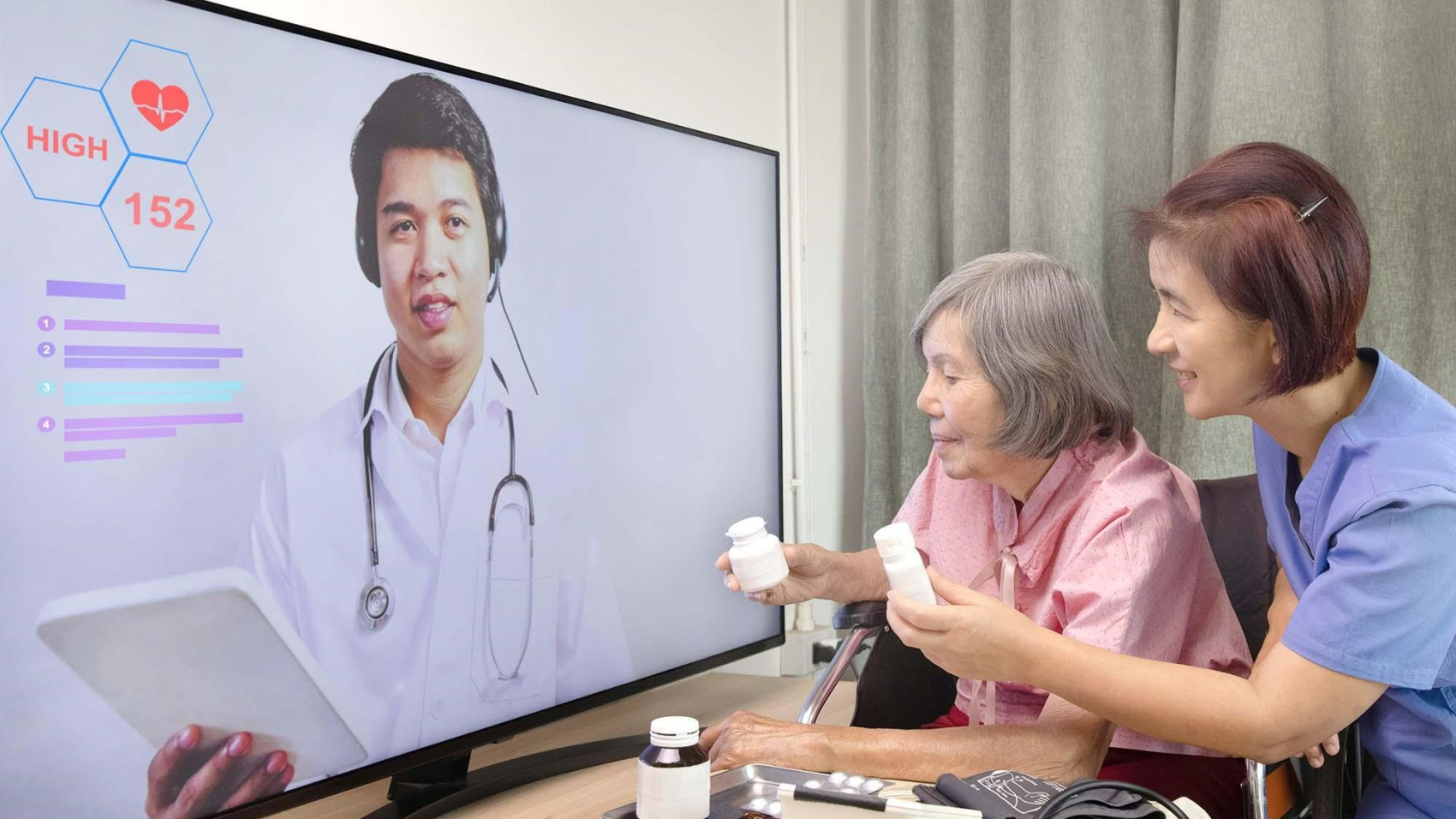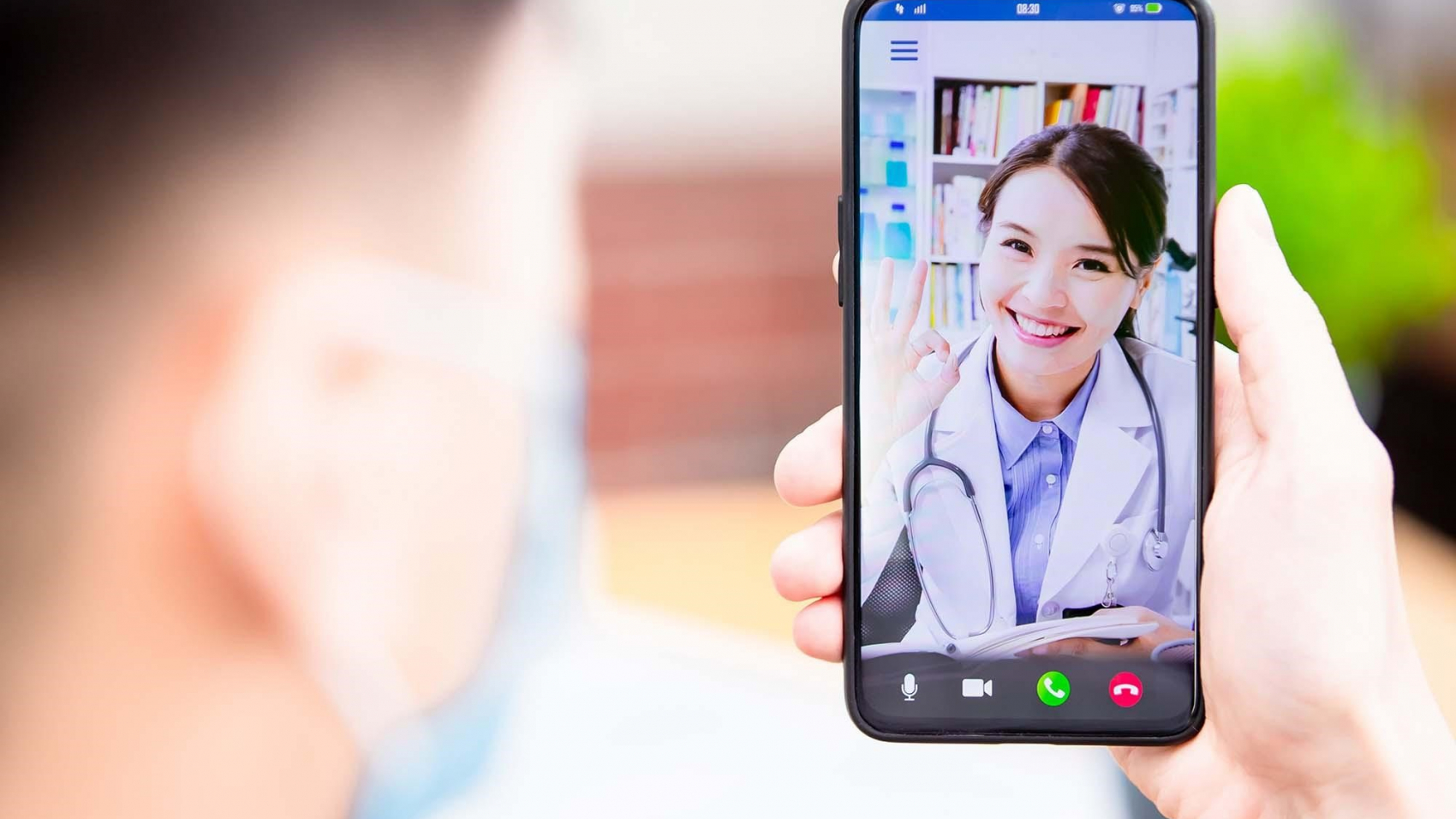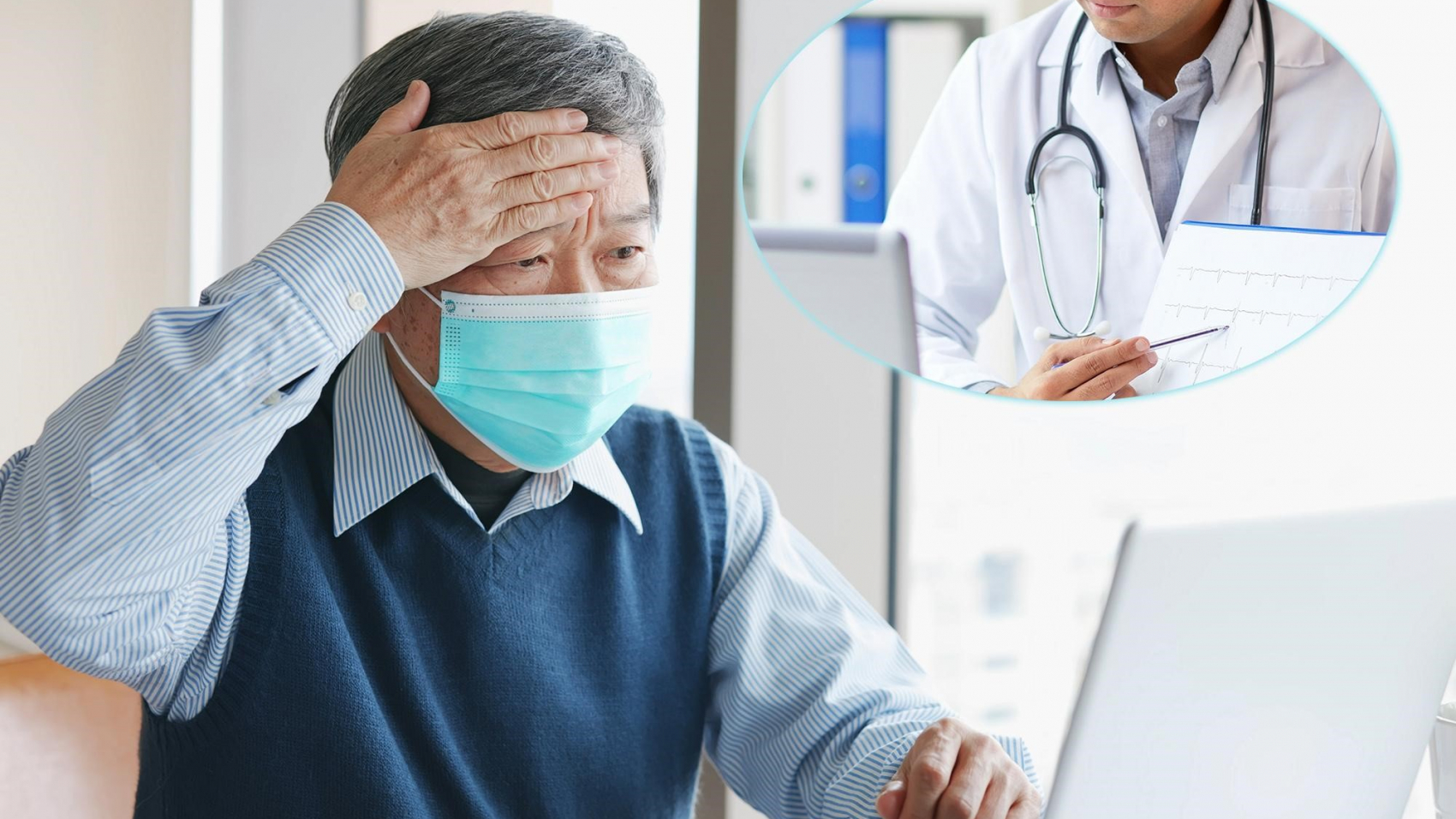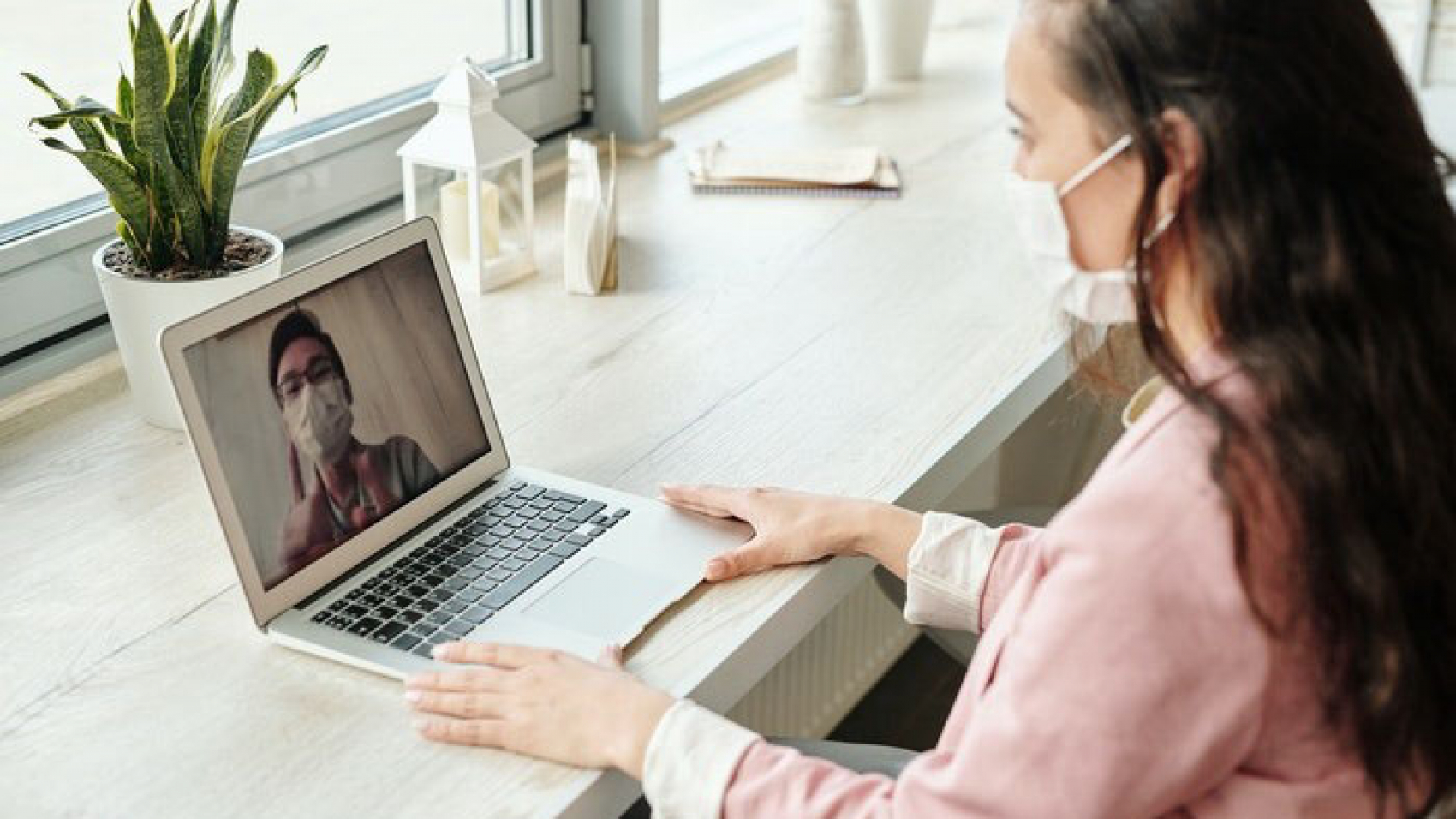【telemedicine】 The future development of telemedicine
Dr. Chan is pleasantly shocked when he sees the latest news about the growth of telemedicine. The global telemedicine market size is projected to grow tremendously to USD 55.6 billion 2025 from USD 25.4 billion in 2020, at a compound annual growth rate of 16.9% during the forecast period.
Telemedicine has become more important than ever over the past two years due to the Covid-19 pandemic. The creation of communication devices capable of providing high-quality communications, both audio and video, has contributed to the development of telemedicine.
4 major trends in telemedicine
We will list out the telemedicine trends and explain how they can redefine this sector and enhance customer experience.
1. Build up Big Data
The big data market would become one of the most prominent trends in the healthcare industry.
Not only the Electronic Health Record (EHR) domain has been beneficial from the growth of big data analytics, but the below healthcare domains will gain advantage from the big data trend in 2022 and beyond:
- Removed medication mistakes
- Fewer waiting time
- Improve service quality
- Greater security
- Preventive care over reactive care
- Greater personalized treatment and medicine
2. Artificial Intelligence
AI is shaping our modern-day healthcare delivery. It is a technology that enables machines to comprehend, sense, learn, analyze and act like humans to an extent that they are capable of performing a number of clinical and administrative healthcare functions, which can improve the speed and accuracy of the diagnosis process.
The main reasons driving the adoption of AI in healthcare include, the growing need to reduce healthcare costs, complex healthcare record, and the increasing need to tackle the imbalance between the health workforce and patients.
3. Technological shifts
The emergence of 5G technology provides a powerful network which is essential for delivering medical images, remote patient monitoring, virtual consultation etc. Equipment, Medicines, and multiple other healthcare needs can also be determined by using real time technology.
Other technologies like the internet of things, blockchain and cloud technology can also make it easier for patients to manage their health.
4. VR/AR applications and virtual visits
VR technology isn’t just for entertainment, it's gaining immense significance in the healthcare industry.From educating and training healthcare professionals to planning medical procedures, AR/VR helps both patients and doctors to deliver better services and experience.
For example, medical students and professionals can practice complex procedures, and get instant feedback through the VR-based applications. The healthcare providers can explain everything to the patients via 3D interactive models, which improves the consultation quality.
Conclusion:
These tech trends are the future of telemedicine. If it continues to evolve, we can enjoy a more convenient and qualified telemedicine service in the future.





